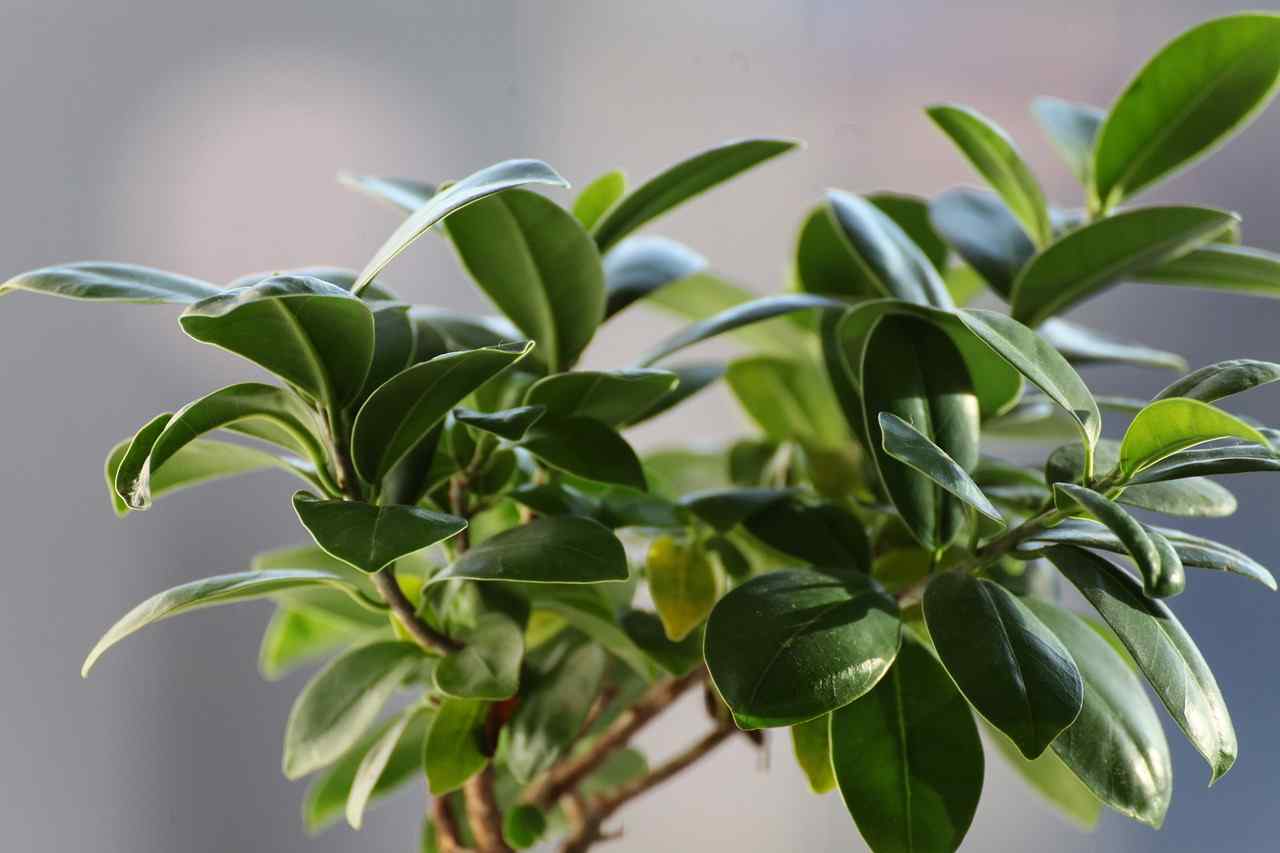On this page we will guide you through the essential steps for successfully propagating Ficus plants, ensuring that you can enjoy new growth in no time.
Methods of Propagation
Propagating Ficus can be done in a few different ways, but the most common methods are stem cuttings and air layering. Each method has its own advantages and is suitable for different Ficus species.
1. Stem Cuttings
This is the most straightforward method for propagating Ficus plants. It works well for many varieties, especially Ficus elastica and Ficus lyrata.
Materials Needed:
A healthy Ficus plant
Sharp, clean scissors or pruning shears
Potting soil or a propagation medium
A small pot or container
A plastic bag or a humidity dome (optional)
Steps:
Select Your Cutting: Choose a healthy stem from the parent plant that is at least 6 inches long. Look for a stem with several leaves for better chances of rooting.
Make the Cut: Use sharp, sterilized scissors to cut the stem just below a node (the point where a leaf attaches). Make a clean cut to minimize damage.
Prepare the Cutting: Remove the leaves from the bottom half of the stem to prevent rot when planted.
Plant the Cutting: Place the cutting in a small pot filled with potting soil or a suitable propagation medium. Water the soil lightly after planting.
Create Humidity: To encourage rooting, cover the pot with a plastic bag or use a humidity dome to retain moisture. Be sure to remove it periodically to prevent mold.
Provide Light: Place the pot in a location with indirect sunlight. Too much direct sun can scorch the cutting, while too little can hinder growth.
Watering: Keep the soil consistently moist but not waterlogged. After a few weeks, check for rooting by gently tugging on the cutting. If you feel resistance, roots are developing.
Transplant: Once the cutting has established roots (usually 4-6 weeks), you can transplant it into a larger pot.
2. Air Layering
Air layering is a more advanced method that can be highly effective, especially for larger Ficus plants. This technique allows you to create a new plant while it is still attached to the parent.
Materials Needed:
A healthy Ficus plant
Sharp knife or razor blade
Sphagnum moss
Plastic wrap or a plastic bag
Twine or string
Steps:
Choose a Branch: Select a healthy branch that is at least one year old. Ideally, it should be 12-18 inches long.
Make an Incision: Using a sharp knife, make a circular cut around the branch, about a third of the way through the stem. Make sure to make a second cut parallel to the first, creating a small flap that can be opened.
Prepare the Moss: Moisten some sphagnum moss and pack it into the incision, ensuring good contact with the stem.
Wrap It Up: Use plastic wrap or a plastic bag to cover the moss. Secure both ends with twine or string to keep the moss in place and retain moisture.
Wait for Roots: It may take several weeks for roots to form. Check periodically to ensure the moss remains moist.
Sever the New Plant: Once you see roots through the moss, cut the branch below the root ball and plant it in a pot.
Care After Propagation

Regardless of the method you choose, newly propagated Ficus plants need special care during their initial growth stages:
Light: Provide indirect light, slowly acclimating them to brighter conditions.
Water: Keep the soil evenly moist, checking regularly to prevent drying out or overwatering.
Humidity: New plants benefit from higher humidity levels,so consider misting them or placing them in a room with a humidifier.
Temperature: Ficus plants thrive in temperatures between 60°F and 75°F (15°C – 24°C). Protect them from cold drafts and sudden temperature changes.
Fertilization: After a few months, you can start fertilizing your newly propagated plants. Use a balanced, water-soluble fertilizer diluted to half strength, applying it during the growing season (spring and summer) to encourage strong growth.
Troubleshooting Common Issues
While propagating Ficus can be straightforward, you might encounter a few challenges. Here are some common problems and their solutions:
Yellowing Leaves: This may indicate overwatering or poor drainage. Ensure your pot has drainage holes and let the soil dry out slightly between waterings.
Wilting: If your cutting looks limp or wilted, it may not be receiving sufficient humidity or water. Try misting the cutting or checking the moisture level in the soil.
Mold Growth: Excessive humidity can lead to mold. Ensure adequate air circulation by removing covers for a few hours each day. If mold appears, gently remove it and reduce humidity.
Slow Rooting: If your cutting isn’t forming roots after several weeks, consider checking if the environment is too dry or too cold. Roots may form more quickly in warmer conditions.
Conclusion
Propagating Ficus plants is a fulfilling and enjoyable process that can lead to new growth and fresh greenery for your home or garden. Whether you choose stem cuttings or air layering, following the right techniques and providing proper care will increase your chances of success. With patience and a keen eye for detail, you’ll be well on your way to adding new Ficus plants to your collection.
As you embark on your propagation journey, remember that each plant is unique. Don’t hesitate to experiment with different varieties of Ficus and propagation methods. With practice and a little love, you’ll soon be surrounded by thriving Ficus plants, all started from your very own propagation efforts.





